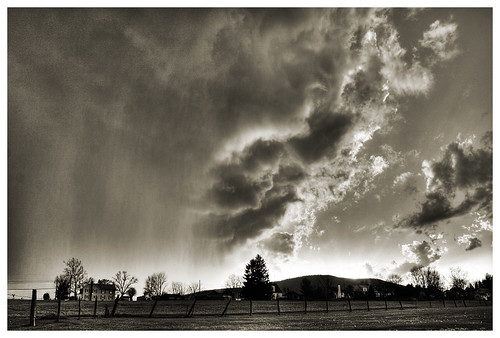Event Alert: Intelligent Transportation Systems in the Airport Environment — August 3-5, 2009 @ Salt Lake City, Utah

Event Details:
This conference is co-sponsored by American Association of Airport Executives (AAAE) and the Intelligent Transportation Society of America (ITS America) – will showcase the top industry leaders in the Intelligent Transport System (ITS) industry who are currently providing solutions for airport landside management. The conference will also feature airport personnel sharing real-world results, lessons learned, success stories bad reasons why they have chosen ITS products and services as their airport land side management solution.
Airport land side management has increasingly become a focus for airport managers and transportation management center mangers alike. More and more, airport managers are turning to Intelligent Transport Systems (ITS) to provide solutions to the challenges they face, such as managing parking, commercial vehicle movement, incident management, security and much more.
Registration
To register as an attendee, you may register online or download a registration form (form coming soon) and fax to (202) 484-3483.
Registration Fee: (in U.S. funds drawn on a U.S. bank)
(includes one welcome reception, two continental breakfasts, one lunch, coffee/refreshment breaks, and all handouts)
Members $525
Non-members $575
NOTE: ITSA/AAAE reserves the right to cancel this program if the number of registrants is insufficient. In this event, we will notify all registrants and refund the registration fee in full. However, any costs incurred by the registrant, such as hotel cancellation or airline penalties, are the responsibility of the registrant. Confirmation letters will be e-mailed to attendees. If you have not received a confirmation letter via e-mail two business days prior to the meeting, and you enrolled at least 15 days prior to the meeting, please contact Sharon Alexander atITS America, 800-374-8472 . Non-receipt of the confirmation letter before the meeting is not justification for seeking a refund.
Cancellation Policy: Registrations and cancellations must be submitted in writing. Refund requests received before 7/17/09 are subject to a $125 processing fee. There will be no refunds after this date. Substitutions will be accepted without penalties and no-shows will be billed. For all inquiries regarding cancellations and refunds, please contact Sharon Alexander atITS America, 800-374-8472 or e-mail salexander@itsa.org.
For other information such as Hotel, Transportation, etc, please visit the conference website.










